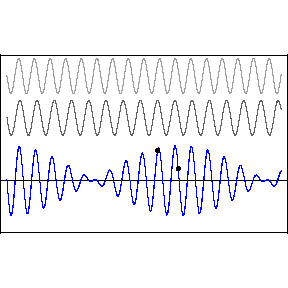Introduction
All waves, whether mechanical or electromagnetic, exhibit similar properties. We will be looking at 4 of these properties. As you would expect, each one comes with its own set of mathematical models that you will need to learn. The 4 properties we will study are:
- reflection
- refraction
- diffraction
- interference (superposition)
Reflection
You witness reflection every morning when you brush your hair in the mirror. Nearly all of the energy carried by the light is bounced off the mirror and sent back towards your eyes.
When a wave moving in one medium is incident upon another medium, the wave may be fully or partially reflected (bounced back) by the second medium. Examine the animations below to see how the reflecting surface affects the wave being reflected.
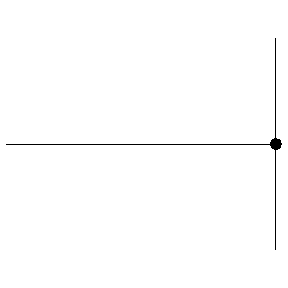
reflection by a fixed boundary inverts the wave
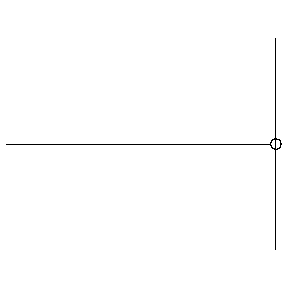
reflection by a soft boundary does not invert the wave

partial reflection off of denser medium inverts reflected wave
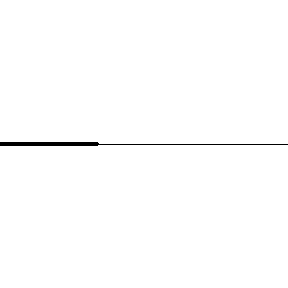
partial reflection off less dense medium does not invert reflected wave
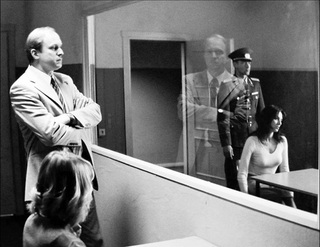
a two-way mirror is a common example of partial reflection of light
If we use wave fronts to examine reflection, we see some other aspects of the wave behavior.

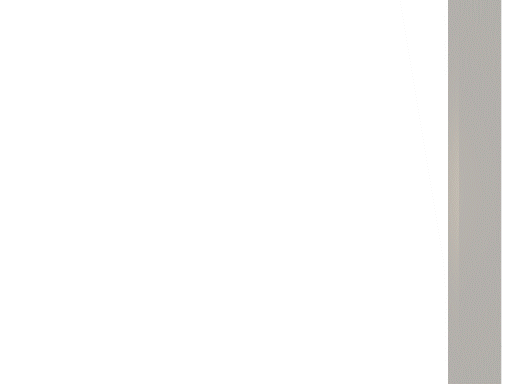
- Does the wavelength of the wave change upon reflection?
- Does the speed of the wave change upon reflection?
- Does the frequency of the wave change upon reflection?
Law of Reflection
The law of reflection states: for a wave incident upon a surface, the angle of incidence (as measured from the line perpendicular to the reflecting surface) is equal to the angle of relfection.
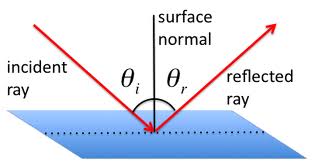
θi=θr
Example - Hi there gorgeous

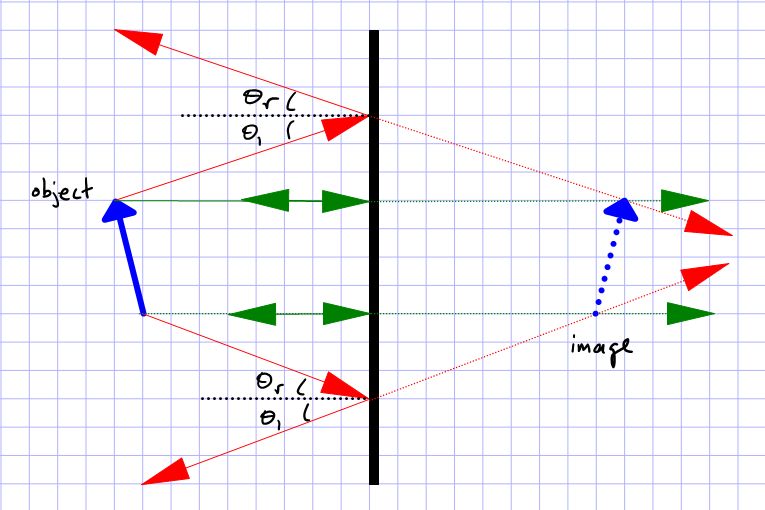
- draw rays from the tip and tail of the object.
- reflect the rays off the mirror using the law of reflection.
- trace the reflected rays back into the virtual space behind the mirror - their intersection is the object's location.
- your eyes are fooled into believing that the light rays are diverging from a point behind the mirror.
Refraction
When a wave is incident upon a second medium, some or all of the wave may be transmitted (instead of reflected) into the second medium.
Examine the animations below to determine how the motion of the transmitted wave changes as it enters into the 2nd medium.


- Does the wavelength change in the 2nd medium?
- Does the speed change in the 2nd medium?
- Does the frequency change in the 2nd medium?
The frequency of the wave remains constant, as does the ratio of wave speed to wavelength.

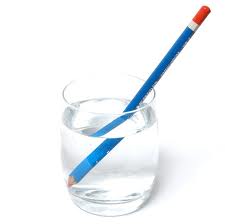 Refraction is the change in direction (bending) of a wave caused by a change in speed as the wave moves into a second medium. Refraction is responsible for the bent pencil effect seen when you put a pencil in a glass of water.
Refraction is the change in direction (bending) of a wave caused by a change in speed as the wave moves into a second medium. Refraction is responsible for the bent pencil effect seen when you put a pencil in a glass of water.
The light rays leaving the pencil bend as the move from water into air. Your eyes follow the path of the bent light rays back to a different position and the pencil appears to be bent or broken because of refraction.
The animation below gives a further explination of the bent pencil effect.
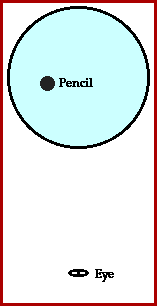
What follows is a mathematical model that describes how light refracts. Since refraction depends upon the speeds of the wave in the two mediums, we start with a way to use these speeds.
index of refraction
The index of refraction, n, of a medium is defined as the ratio of the speed of light in a vacuum (c=3×108m/s) to the speed of light, v, in that medium. The index of refraction will always be a number larger than 1.

For some common materials the index of refraction has been measured and is shown in the table below. The values given are average values for white light. Remember that white light is a mixture of all the colors of light. Each color (frequency) has a slightly different index of refraction in most materials.
Substance |
Index of Refraction |
Air |
1.0003 |
Water |
1.333 |
Diamond |
2.419 |
Ice |
1.309 |
Glass, Crown |
1.520 |
Glass, Flint |
1.660 |
Quartz |
1.458 |
Example - Crown Glass

Snell's Law
Snell's Law is a mathematical model that allows the prediction of the angle of refraction - how much the light is bent.

n1sinθ1=n2sinθ2
- If n2<n1 then the light will bend away from the normal upon refraction
- If n2>n1 then the light will bend towards the normal upon refraction
Example - What's your angle?
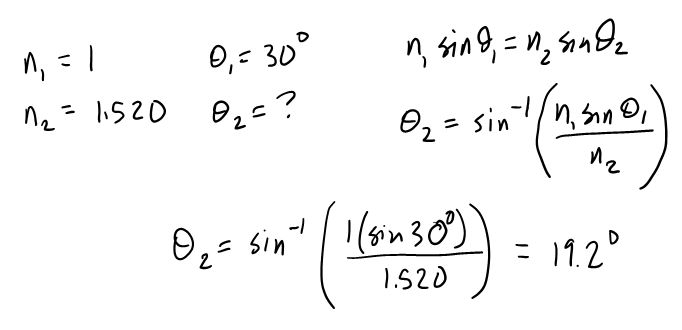
Example - May the quartz be with you
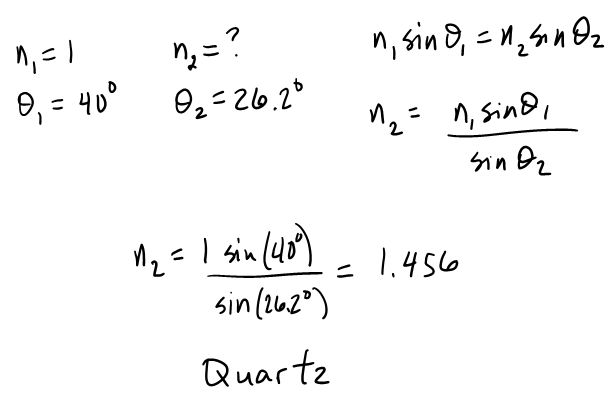
Total Internal Reflection
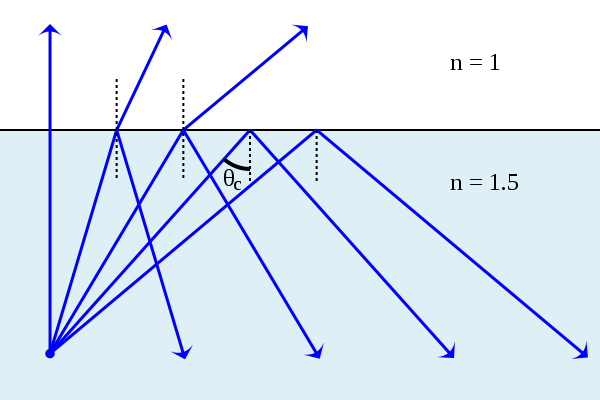 For the special case when light is incident upon a 2nd medium that has a lower index of refraction than the first (like light going from water into air, for example), above a certain angle of incidence all of the light will reflect back into the first medium instead of refract. This is called total internal reflection and the angle where refraction changes into reflection is known as the critical angle.
For the special case when light is incident upon a 2nd medium that has a lower index of refraction than the first (like light going from water into air, for example), above a certain angle of incidence all of the light will reflect back into the first medium instead of refract. This is called total internal reflection and the angle where refraction changes into reflection is known as the critical angle.
The value of the critical angle can be found by setting the angle of refraction as 90°, as shown below:
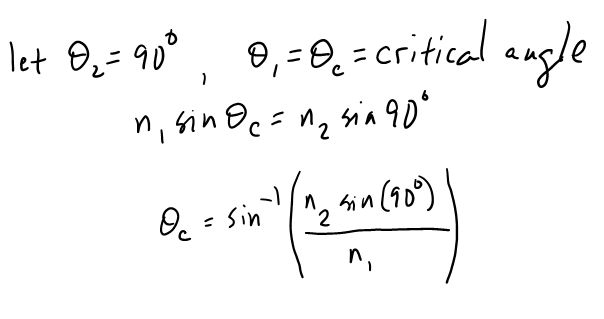
Fiber optic cables take advantage of this phenomenon, allowing information being carried by light to pass along the cable.
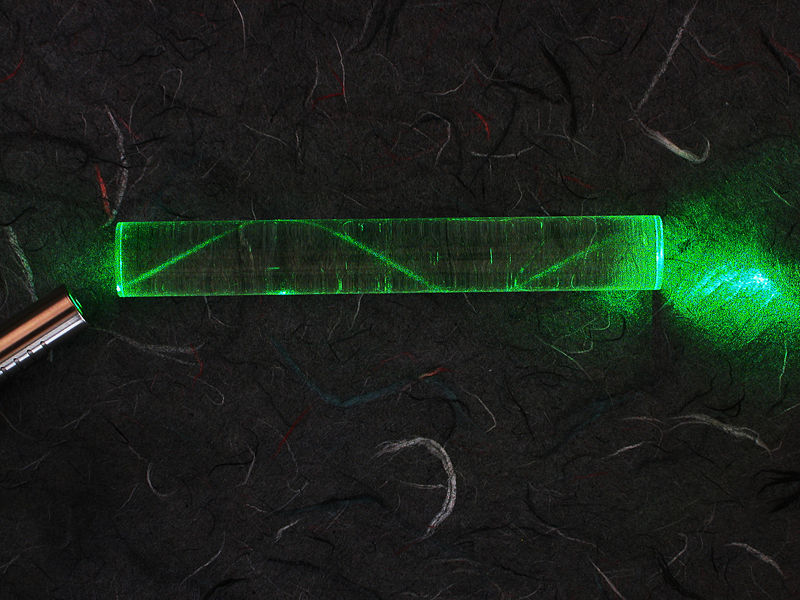
Example - Its getting critical
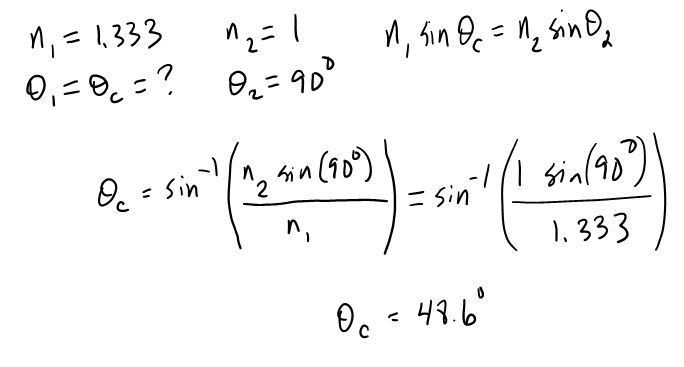
Diffraction
Diffraction is the apparent bending of waves around small obstacles and the spreading out of waves past small openings.
For diffraction to be noticeable, the width of the slit must be of the same order of magnitude or smaller than the wavelength of the incident wave.


Diffraction allows sounds to be heard around corners and allows radio signals to be heard behind mountains.
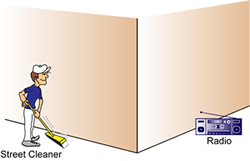

The mathematical models associated with diffraction will be studied in the Optics unit.
Interference (Superposition)
When two waves pass each other in a medium, the waves momentarily combine. They can combine constructively (constructive interference) to produce a larger amplitude, or they can combine destructively (destructive interference) to produce a smaller amplitude.
The speed and direction of the two waves remain constant, and after the meeting, the two waves continue as if the interference did not happen.
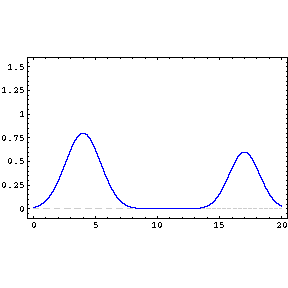
This property of waves have some interesting consequences. A couple of these are:
- two sound waves can combine to create silence
- two light waves can combine to create darkness
Consider the case of two notes, slightly out of tune, played together. The graphs for 1 second of each of these notes, first sepatate, then together are shown below.
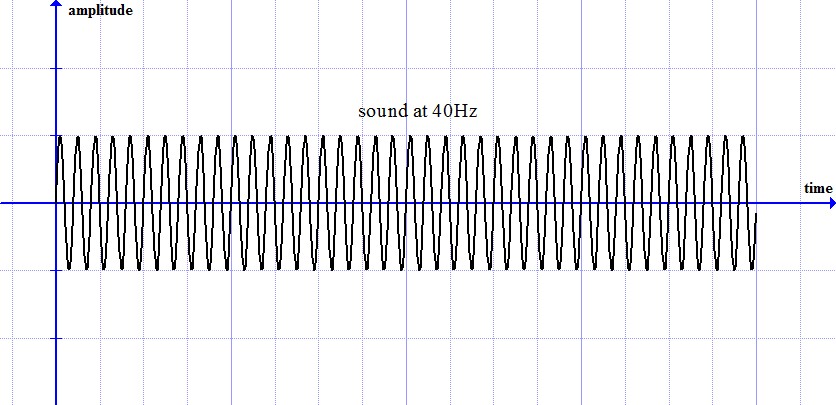
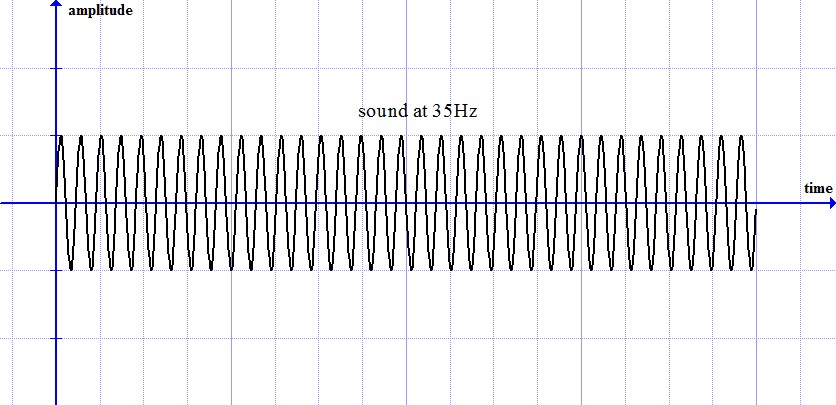
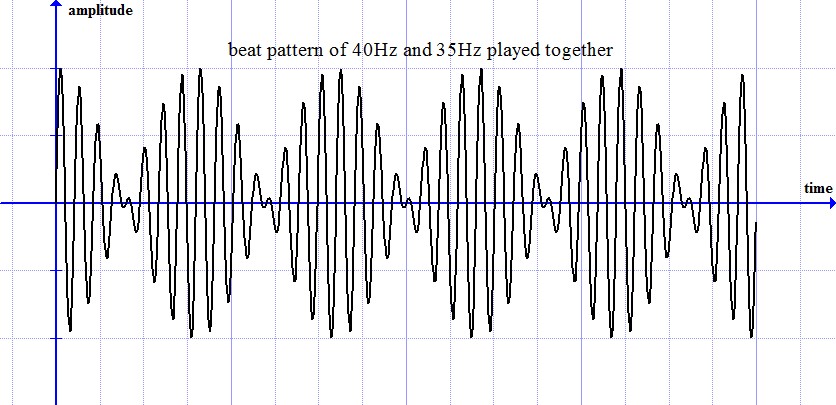
You can actually hear the wa-wa effect produced when two out-of-tune notes are played together. The constructive then destructive interference creates at first a louder then a quieter sound. Play the two notes below and you should be able to hear 10 beats per second from the interference pattern.
290 Hz 300 HzScott Roberts
beat frequency
The beat frequency (the number of wa-wa's per second) created by two different notes being played together is simply the difference between the two frequencies.
fbeat = f1 − f2
